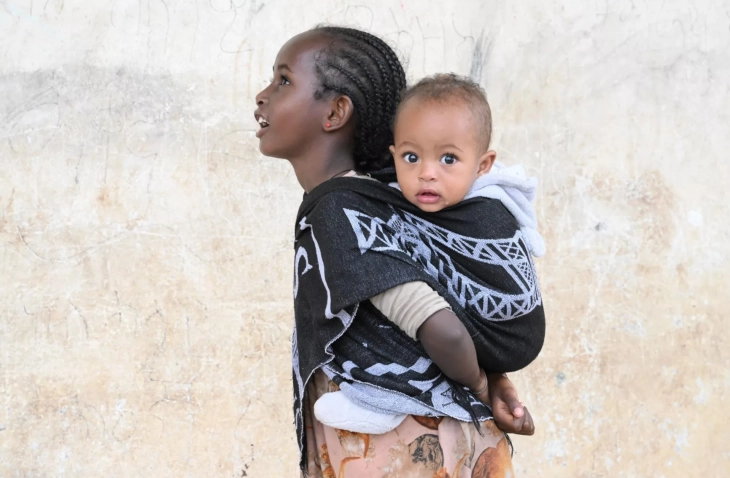UNICEF projects progress and risks for children growing up in 2050
- he United Nations Children's Fund (UNICEF) released a report on Wednesday examining the potential experiences of children growing up in 2050, focusing on both the risks and progress they may face.

New York, 20 November 2024 (dpa/MIA) - The United Nations Children's Fund (UNICEF) released a report on Wednesday examining the potential experiences of children growing up in 2050, focusing on both the risks and progress they may face.
The findings, released on World Children's Day, provide a mixed outlook, showing progress in child health and education, but also raising concerns about the growing challenges posed by climate change.
UNICEF suggests that, thanks to advancements in medical and technological progress, child mortality rates will continue to decline.
By 2050, the survival rate of newborns is expected to reach 98% and nearly 99.5% of children who survive birth are projected to live beyond the age of five.
The report also reveals significant strides in education. By 2050, 96% of children are expected to complete at least primary education - an increase from 80% at the start of the century.
While UNICEF outlines possible outcomes based on current trends, these are not predictions, but rather scenarios that could unfold depending on various factors.
Risks posed by climate change
UNICEF warned that despite these gains, many children will face harsher climatic conditions than those before them.
By 2050, the number of children exposed to extreme heatwaves could be eight times higher than it was in the year 2000.
River floods and forest fires are expected to increase, placing children in vulnerable regions at greater risk.
Particularly at risk are children living in areas without access to climate-resilient infrastructure, clean water, or medical care, UNICEF said.
"Children are experiencing a myriad of crises, from climate shocks to online dangers, and these are set to intensify in the years to come," UNICEF executive director Catherine Russell said.
"The projections in this report demonstrate that the decisions world leaders make today - or fail to make - define the world children will inherit. Creating a better future in 2050 requires more than just imagination, it requires action."
Rising child populations in low-income countries
By 2050, UNICEF projects that a significant rise in the proportion of children and adolescents will occur in low-income countries, with an estimated 23% of children facing these conditions, up from just 11% today.
This shift is primarily driven by varying global birth rates.
UNICEF's report also highlights that sub-Saharan Africa and South Asia will be the main centres of childhood populations, with both regions expected to see significant growth.
In contrast to the declining proportion of children in Western Europe and East Asia, Africa's child population remains high, accounting for about 40% of the total, according to UNICEF.
UNICEF projects that significantly more children will live in urban areas in the coming decades, with around 60% expected to live in cities, compared to 44% in the 2000s.
Digital divide threatens future opportunities
Technologies such as Artificial Intelligence are seen as key opportunities for advancing child development, UNICEF said, though access to these technologies may be limited.
UNICEF warned that the digital divide remained a major challenge, with just 26% of people in low-income countries having internet access, compared to 95% in wealthier nations.
Digital skills are seen as key to good career prospects in an increasingly digitalized world.
Photo: UNICEF











